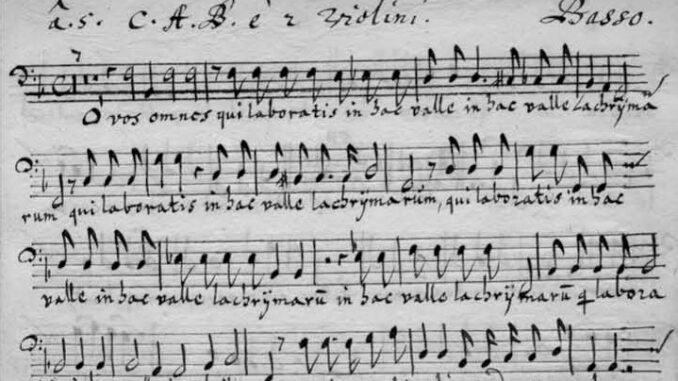
The present volume contains next 10 from 22 church concertos composed by the Kapellmeister of the Holy Virgin Mary church in Danzig – Kaspar Förster junior (1616–1673) – scored for 3–5 vocal voices. He was trained in Rome, and his musical style has many distinctly Roman traits. His rich and expressive harmonic language is reminiscent of his teacher Carissimi’s. He uses what is today referred to as third-inversion seventh chords as an expressive device, as well as Neapolitan sixth chords, ninth chords, and other sonorous suspensions and different kinds of augmented sonorities. They are not just the result of voice leading but are deliberately used for expressive purposes. It is no exaggeration to claim that Förster’s sweet and emotionally charged musical style, in combination with the impassioned mysticism inherent in many of the texts he set to music, can be understood as an expression of a particular Jesuit sentiment that would have an enormous influence in Europe, in both Catholic and Protestant regions. It was the musical language of his teacher Giacomo Carissimi at the German college and of Bonifacio Graziani, maestro di cappella at chiesa del Gesù and the Roman seminar. Those works equal meditations or prayers that can be related to Saint Ignatius’s Spiritual Exercises, contemplating the love for Christ and the mystical union with God with emotional imagination.
